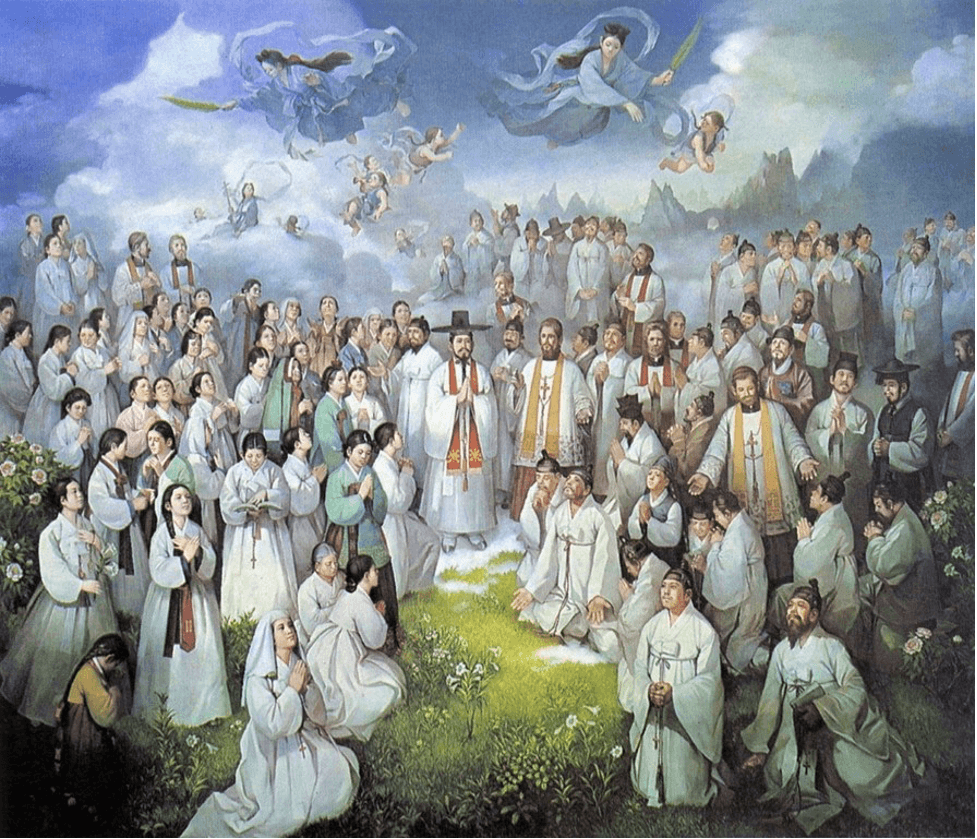José Maria C.S. André
A “Responsum” (“reply”) of the Congregation for the Doctrine of the Faith dated August 2020 has been recently circulating on the internet. The Pope approved it in early June 2020, the Congregation took two weeks to send it for publication, and those in charge of publication “forgot” the papers for a month and a half. Finally, the document slept in the confusing folders of the archives, until someone discovered it at a hard-to-find address on the website of the Congregation for the Doctrine of the Faith.
For many centuries, the Replies of this Congregation have followed a curious structure. Someone—usually a bishop or an Episcopal Conference—addresses a very specific question to the Congregation, and the latter simply answers “yes” or “no.” Sometimes it adds a brief “Doctrinal Note” to justify the answer.
In this case, there were two questions. “Whether the Baptism conferred with the formula ‘We baptize you…’ is valid?” and is it necessary to validly baptize the persons for whom baptism was celebrated with this formula?
The answer to the first question is “negative.” The second answer is “affirmative.”
Most people have difficulty understanding the binary language of the Congregation for the Doctrine of the Faith, and this double “Responsum” may sound so unexpected that some perhaps doubt whether they correctly understood the message. Therefore, the accompanying “Doctrinal Note” is essential and the most valuable part of the “Responsum.”
The problem originated in a pastoral practice that replaced the words “I baptize you…” with the expression “on behalf of the community, we baptize you….” In fact, the Rite of Baptism of Children, promulgated by Paul VI by decree of the Second Vatican Council, shows that the parents, godparents and the entire community are called to play an active role, a true liturgical office (numbers 4-7), although the Second Vatican Council is also explicit in stating that “each person, minister or layman, who has an office to perform, should do all of, but only, those parts which pertain to his office by the nature of the rite and the principles of liturgy” (Constitution Sacrosanctum Concilium on the Liturgy, 28).
In the case of Baptism, as the Second Vatican Council reminds us, “when a man baptizes it is really Christ Himself who baptizes” and this is the key point.
The “Note” says that “in the specific case of the Sacrament of Baptism, not only does the minister not have the authority to modify the sacramental formula to his own liking (…), but neither can he even declare that he is acting on behalf of the assembly (…). When the minister says ‘I baptize you…’ he does not speak as a functionary who carries out a role entrusted to him, but he enacts ministerially the sign-presence of Christ.”
“It is therefore fundamental,” the Note explains, “that the sacramental action may not be achieved in its own name, but in the person of Christ who acts in his Church, and in the name of the Church.”
The abuse of changing the formula of Baptism made the sacrament void, and hence the second part of the “Responsum”: the ceremony was invalid and people need to be baptized correctly and validly receive all subsequent sacraments.
The “Doctrinal Note” comments that many of these pastoral motivations mask, albeit unconsciously, a subjectivistic drift and a manipulative will. In personal prayer each one follows the impulse of the heart, in liturgical action “he must open himself to a different kind of impulse which comes from a more powerful source: namely, the heart of the Church which beats through the ages. Here it does not matter what personal tastes are, what wants he may have, or what particular cares occupy his mind…”
The terse gravity of this “no” and this “yes” makes us reflect deeply, remembering the stern warning of the Second Vatican Council: no one, “even if he be a priest, may add, remove, or change anything in the liturgy on his own authority”! (Sacrosanctum Concilium, 22).
How hard it is for some to obey! Every excuse is good to follow another liturgy. But good Christians show their love for Christ and the Church by strictly obeying not only in what is most important, but in all the details of what the Church establishes at each moment.


 Follow
Follow


